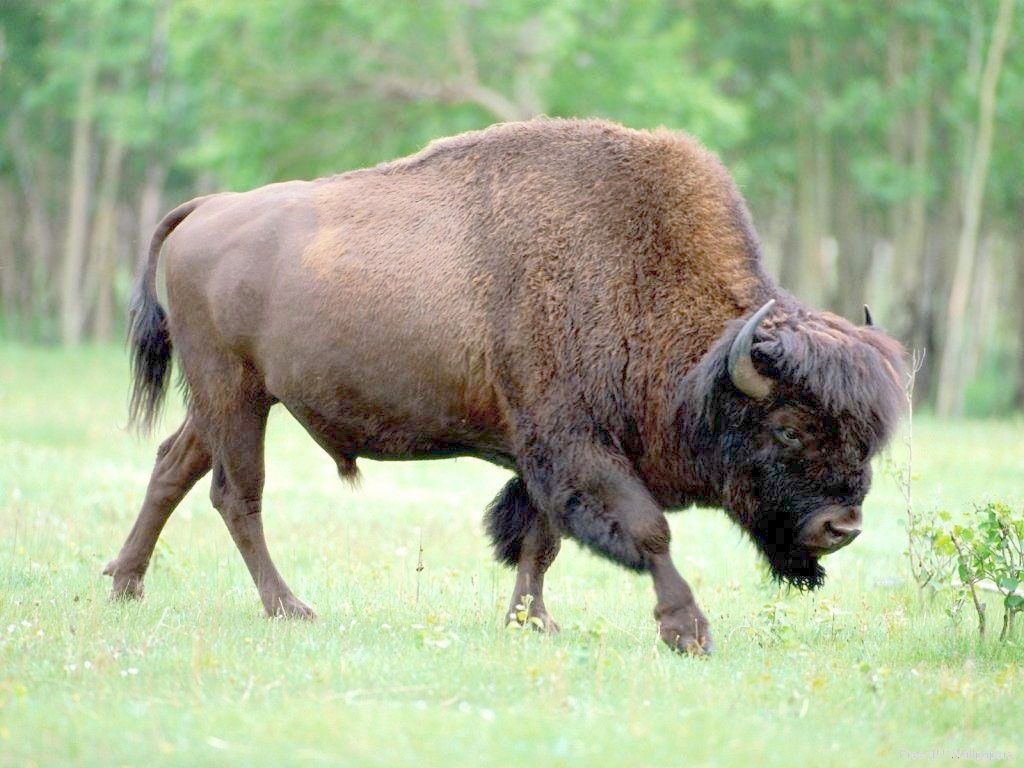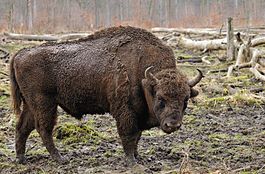Animals of the Samara region
The diversity of natural conditions in the Samara region determines the richness of the animal world. Among the wild animals there are inhabitants of the taiga, mixed and broad-leaved forests, steppes, and even more remote zones - tundra, semi-deserts. For example, white polar owl, tundra partridge, steppe bustard, jerboa, corsac fox, mole rat and others.
More than 60 species of mammals, about 260 species of birds, many fish, and thousands of species of insects are found in the region.
In different natural complexes, conditions are not the same, and therefore the animal world is not the same. The established nature of the relationships in nature between its components and the peculiarities of human economic activity leave an imprint on the life of animals. For example, if the steppe is plowed and turned into fields, then many of its inhabitants can no longer live here, since the usual natural conditions have been greatly changed.
From the Samara region there are many patriots of their region who are fighting to preserve and increase its natural resources. The organization of state reserves, hunting farms and other events made it possible not only to stop the decline in the number of wild animals in the region, but also to achieve some increase in it. European deer, wild boar, pheasants and other animals were brought and taken under protection. Periodically conducted censuses of animals show that the population of a number of them (foxes, muskrats, polecats, minks, sand squirrels) has reached commercial density. The number of some animals is maintained at a certain level (for example, moose) so as not to cause damage to the forest.
The appearance of this rare, little-known animal is original. First of all, he is completely blind, which is why he got his name mole rat. In place of the eyes, it has black dots, covered with skin overgrown with fur for digging and throwing away soil. The mole rat has no neck, its mouth is closed with thick lips, and the earth does not fall into it when digging. The sense of smell and hearing are well developed, but there are no auricles. The body of the mole rat is awkward, shaped like a cylinder, up to 25 cm long. The legs are short, with thick fingers and large nails. There is no tail. The fur is dark gray with a reddish tint. It feeds on plants and roots. Anyone who happens to be in the spring or summer in the hilly area near the village of Bakhilovo, where small aspen stakes are scattered, will involuntarily pay attention to piles of fresh, still wet earth, and nearby there are many small hills, old, already overgrown with grass. An ignorant person will think that these are traces of the work of a mole. No, only mole rats work that way. All these piles and hills stretched out in a regular chain.
This animal is found in Kazakhstan, and from there it came to us.
The light or steppe polecat (found on the left bank, in meadows), black or forest polecat (lives in Zhiguli) also belongs to the family of martens.
The black polecat has an original coloring: thick black fur and a yellow-fawn undercoat. This is a nocturnal predator, dexterous and agile. He runs fast, jumps and climbs well, swims and dives. If it is in danger or when it is angry, the animal emits a sharp, unpleasant odor, releasing a special liquid from two glands near its tail. The ferret exterminates mice, rats, and frogs. It is a useful predator as a fighter of mouse-like rodents. Its fur is valuable.
In Zhiguli in low-lying areas, near the water, mainly on the island. Seredysh, there is a mink (also from the mustelidae family). Her coat is shiny, brown, darker on the tail and back and gray on the belly. The nose is white. The mink runs poorly and cannot climb, but it swims and dives well. The toes have swimming membranes covered with short hairs.
Feeds on frogs, snails, small fish, rodents, and on occasion attacks small birds.
Mink fur is valuable.
The pine marten is a beautiful, graceful animal with thick, dark brown fur. There is a yellow spot on the throat. The marten has a long flexible body up to half a meter long, a small head, short legs, and a bushy tail.
The marten settles in tree hollows, in old abandoned nests of crows, magpies and other birds. It leads a sedentary life only until the cubs grow up. During the winter, martens make long journeys in search of food, sleeping in other people's nests and hollows along the way. They destroy many mice, as well as squirrels, hares, various birds that climb under the snow to roost at night - hazel grouse, black grouse, etc. The marten is a big fan of apples, nuts, and honey. Beekeepers tell how the marten gets its honey in winter. She expands (gnaws) the entrance hole to the hive - the hollow - to the size into which she can penetrate. The marten waits for some time until the bees freeze. Then he climbs into the hollow and devours the honey.
The appearance of the muskrat is very peculiar.
This is an animal, the size and shape of the body is similar to a small hedgehog, but only covered not with spines, but with soft, thick fur, dark brown on top and light silver on the abdomen. The muskrat's muzzle is elongated into a long proboscis. She uses it to feel all the objects around her. The muskrat is almost blind: his tiny eyes can hardly see anything except light and darkness...
The hind legs of the muskrat are twice as long as the front ones and are equipped with swimming membranes. They serve the animal as excellent oars. A thick, long tail, covered with small scales, also helps with swimming and diving. The whole life of this animal is inextricably linked with water. The muskrat makes its burrows on the banks of small floodplain lakes, creeks and oxbow lakes, and the exit from the burrow is under water, at the very bottom.
This animal spends all day and night in a hole or under a hole, swimming at the bottom of the reservoir in search of food - leeches, snails and insect larvae. The muskrat comes ashore very rarely.
Roe deer is a small deer: body length up to 135 cm, height 75 - 90 cm, and weight 20 - 37 kg. These data are typical for the nominate European subspecies. Another subspecies found in the Samara region is the larger Siberian roe deer, body length reaches 150 cm, and body weight up to 60 kg (in males). A graceful, graceful animal that needs strict protection and feeding during snowy winters. European roe deer move with difficulty when the snow cover is 20 - 30 cm high, and Siberian roe deer - above 40 - 50 cm.
Males have small horns with processes and tubercles. The color of roe deer is yellowish-red in summer, gray-brown in winter.
In summer it feeds on succulent herbs on forest lawns and forest edges, in winter it feeds on thin branches, buds and dry leaves. He especially loves dry aspen leaves.
The number of roe deer within the region is small. In recent years, there has been an increase in some southern regions of the region.
The boar belongs to the porcine family, a species of artiodactyl that is widespread today. This is a stocky animal with a body length of 130 - 175 cm, a height of up to a meter and a weight of 60 - 150 kg. On the large wedge-shaped head there are wide and long ears, as well as small eyes. The coarse elastic bristles covering the body become longer and denser in winter. The color is dominated by light brown or gray and dark tones. Piglets are characterized by striping.
The wild boar prefers forests interspersed with clearings, meadows and swamps, as well as floodplains of rivers, bushes on their banks, the active period of the day falls mainly at night. The wild boar is an omnivore.



No comments here yet.